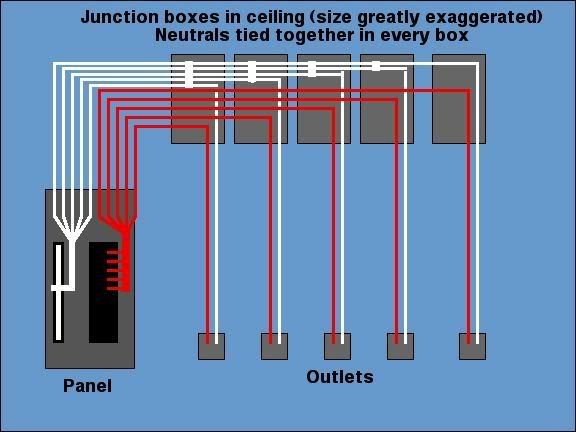RayS
Senior Member
- Location
- Cincinnati
realolman said:I think maybe he's talking about more than one circuit.
2 multi wire circuits run in the same conduit would have two neutrals.
I don't think those two should be tied together. I think they should be identified some how to keep them with their respective circuits.
I agree. If you don't keep the neutrals separate, and you have to work on one of the circuits, you would have to deenergize all of the circuits so you would not be interrupting a live circuit. (even tho it's a neutral, when you break it, you have full line voltage)
Only time I ever tied multi circuit neutrals together was when we couldn't identify which went where, so we tied 'em all together so no individual neutral would be overloaded. I didn't like it, but it's what my boss said to do.


